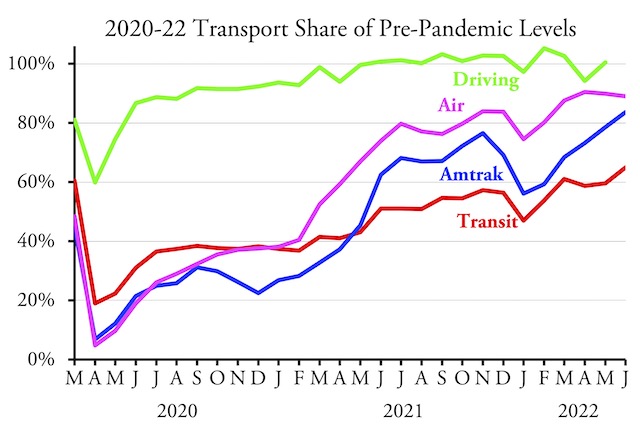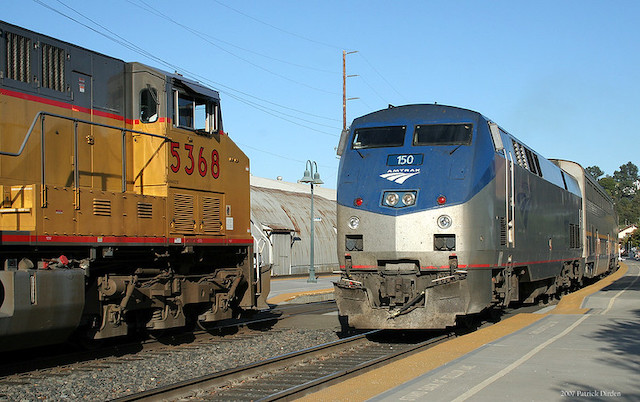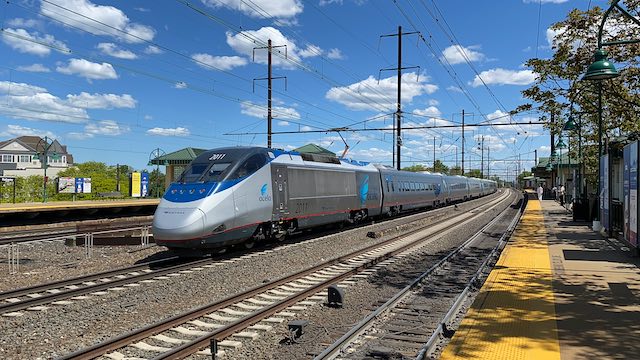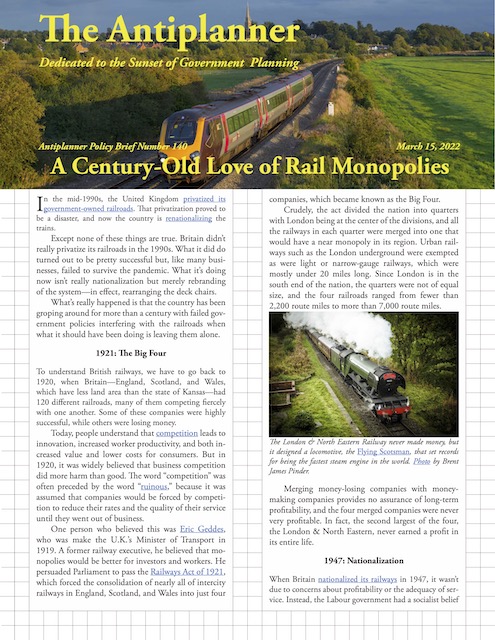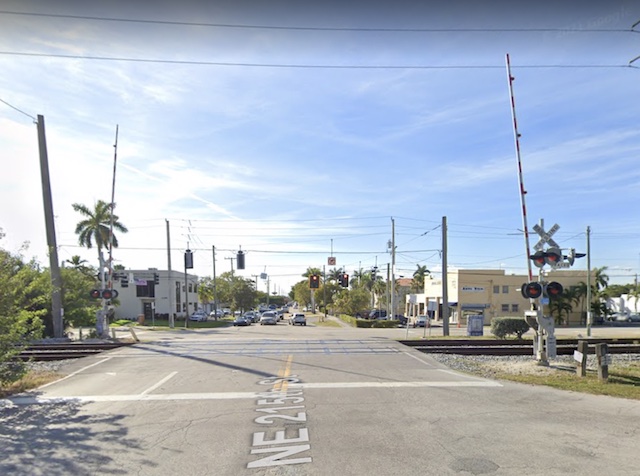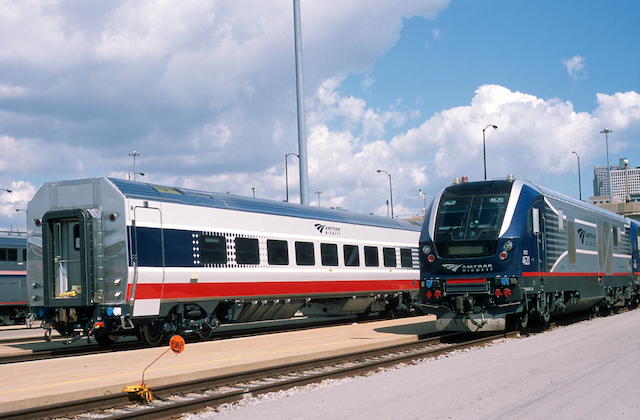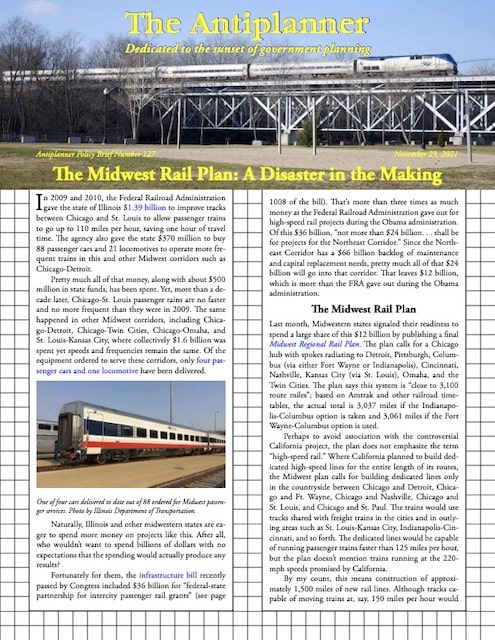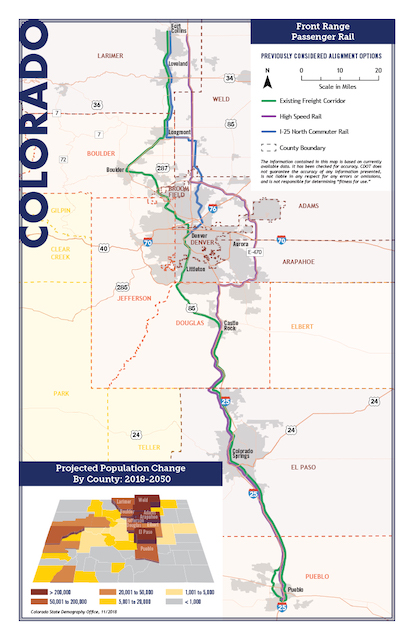Amtrak carried 83.6 percent as many passenger-miles in June 2022 as it did in June 2019, according to the monthly performance report it posted yesterday. That’s an increase from 78.5 percent in May.
See yesterday’s Antiplanner for sources of transit and airline data.
Relative to its pre-pandemic numbers, Amtrak passenger-miles have been rising at about 5.5 percent per month. In terms of actual passenger-miles, they have been rising at 20 percent per month. However, much of Amtrak ridership is seasonal and it is normal for June ridership to be much higher than February’s. In 2019, for example, June’s passenger-miles were 125 percent greater than February’s compared with only 107 percent in 2022. Continue reading

